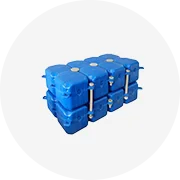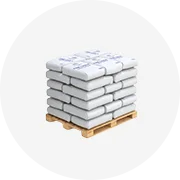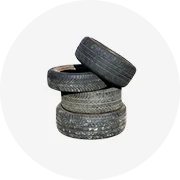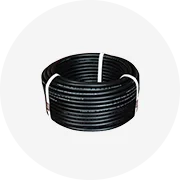
Knotless Elastic Net Cargo Net Mesh Car Trunk Net Cost-effective Cargo Lifting Net High Quality Luggage Net Car

Disposable Bouffant Hat 100 Pieces 21 Inches About 53.3 Cm Hair Net Elastic Dust Cap For Food Service Kitchen Head Cover














Elastic nets are a versatile and practical solution for a variety of containment and barrier needs. This type of netting, known for its flexibility and durability, is an essential product for numerous applications across different industries. Elastic net python libraries, for instance, have made significant contributions to the field of data science by providing robust tools for regression analysis.
There are several types of elastic nets designed to meet specific requirements. From agricultural to industrial settings, these nets serve as protective barriers, cargo securement tools, and even play a role in sports facilities. In the realm of data science, elastic net machine learning algorithms are widely used for predictive modeling, showcasing the term's versatility beyond physical products.
The construction of an elastic net typically involves high-strength materials that offer elasticity and resistance to environmental factors. These nets can be made from various polymers, each selected for properties like UV resistance and flexibility. In computational contexts, such as with keras elastic net implementations, the term refers to the model's ability to incorporate both lasso ridge elastic net penalties, which helps in feature selection and regularization to improve model performance.
Elastic netting offers several advantages over traditional netting solutions. Its resilience to weathering and corrosion makes it a long-lasting option in outdoor environments. The non-metallic nature of most elastic nets means they are immune to rust, and their lightweight design allows for easy handling and installation. In predictive analytics, the advantage of using ridge lasso elastic net techniques lies in their capacity to handle multicollinearity and model complexity efficiently.
Selecting the appropriate elastic net involves considering factors such as tensile strength, elasticity, and environmental resistance. For those in the field of data science, choosing the right elastic net lasso or elastic net r model is crucial for achieving optimal results in regression tasks. It's important to assess the specific needs of your project to determine the most suitable type of netting, whether for physical barriers or data analysis.
Elastic nets are a testament to the innovation in both material science and computational methods. They provide solutions that stretch across physical boundaries to virtual data spaces. For businesses and data professionals looking to utilize elastic netting in their operations or analyses, platforms like Alibaba.com offer a diverse range of options without the constraints of traditional retail models.